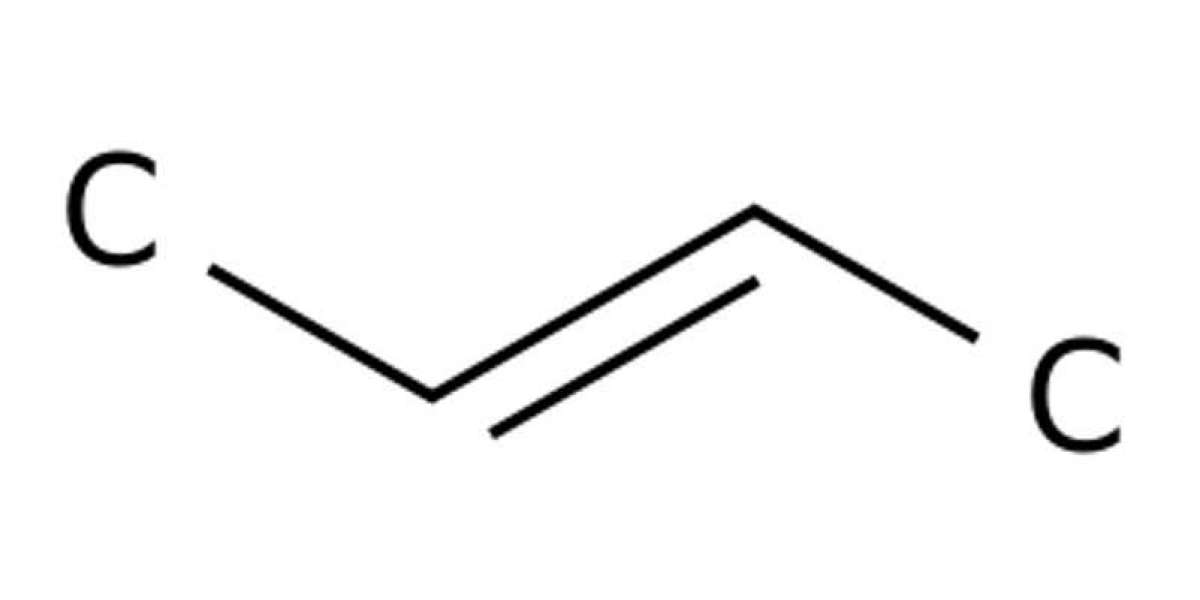The adsorption and kinetics of conversion of cis 2 butane with deuterium on model supported Pd catalyst were characterized by reflection-absorption infrared spectroscopy, temperatureprogrammed desorption, and isothermal molecular beam experiments. It was found that selectivity toward cis-trans isomerization and hydrogenation depends critically on the nature of the carbonaceous deposits, which are typically present during reaction on real catalysts. At low temperatures both reaction pathways were found to proceed on the initially clean surface, but the catalytic activity was observed to quickly vanish, presumably because of the accumulation of hydrocarbon species on the surface. At temperatures above 250 K, on the other hand, a sustained catalytic activity toward cis-trans isomerization was observed over long periods of time. Interestingly, no catalytic activity could be sustained for the competing hydrogenation on the initially clean catalyst even at these temperatures. Only when highly dehydrogenated carbonaceous fragments were preadsorbed on the surface was it possible to induce a persistent catalytic activity for the hydrogenation (and also the isomerization) of the alkene on our supported palladium particles. Possible reasons of this unique vacuum catalytic behavior are discussed, including different spatial requirements for the competing reaction pathways and changes in the adsorption state of deuterium on and beneath the surface modified by the carbonaceous deposits.
1. Introduction
The promotion of alkene conversions, hydrogenation and isomerization in particular, is required for numerous chemical processes, including fine chemical and pharmaceutical synthesis, petrochemical hydrotreating, and food processing. Alkene chemistry on metal surfaces has been extensively investigated in early years using conventional catalytic techniques and
also more recently by modern surface-science methodologies. Although the surface-science approach has provided much insight into the mechanistic details of the key reaction steps on
the catalyst surface, some important issues remain unresolved still. In particular, it is not clear what mechanisms govern selectivity in alkene conversions. When promoted by transition-metal catalysts, alkene conversions such as hydrogenation, dehydrogenation, H-D exchange, and isomerization are generally accounted for by the so-called Horiuti-Polanyi mechanism, which proceeds through a series of stepwise hydrogenation-dehydrogenation steps. In the particular case of the conversion of 2-butenes with hydrogen or deuterium, this mechanism involves the formation of a key surface butyl species via an initial half-hydrogenation of the adsorbed alkene; this species is generally believed to be a common reaction intermediate for the cis-trans isomerization, H-D exchange, and hydrogenation reaction pathways.
2. Experimental Section
All molecular beam, temperature programmed desorption, and reflection-absorption infrared spectroscopy experiments were performed at the Fritz-Haber-Institut in a UHV apparatus described in detail previously. Briefly, this system offers the experimental possibility of crossing up to three molecular beams on the sample surface. An effusive, doubly differentially pumped multichannel array source was used to supply the D2. This beam was modulated using remote-controlled shutters and valves. Beam fluxes for D2 of 3.2 × 1015 molecules cm-2 s-1 were used in these experiments. The source was operated at room temperature. The beam diameter was chosen such that it exceeded the sample diameter. A supersonic beam, generated by a triply differentially pumped source and modulated by a solenoid valve and a remotecontrolled shutter, was used to dose the cis 2 butane (Aldrich, 99%) at a flux of 5.6 × 1012 molecules cm-2 s-1 (typical backing pressure: 1.15 bar).
3. Results and Discussion
Cis 2 butane Adsorption and Conversion with Deuterium on the Fe3O4 Film. As a first step, the adsorption properties and the reactivity of the bare Fe3O4 support for cis 2 butane conversion with deuterium was considered. For that, pulsed molecular beam experiments were performed under isothermal conditions at 200 K. Figure 2a displays a typical pulse sequence and the time evolution of the partial pressure of the reactant in the vacuum chamber during the run. In this experiment, the sample was continuously exposed to a D2 beam during the complete experiment.








